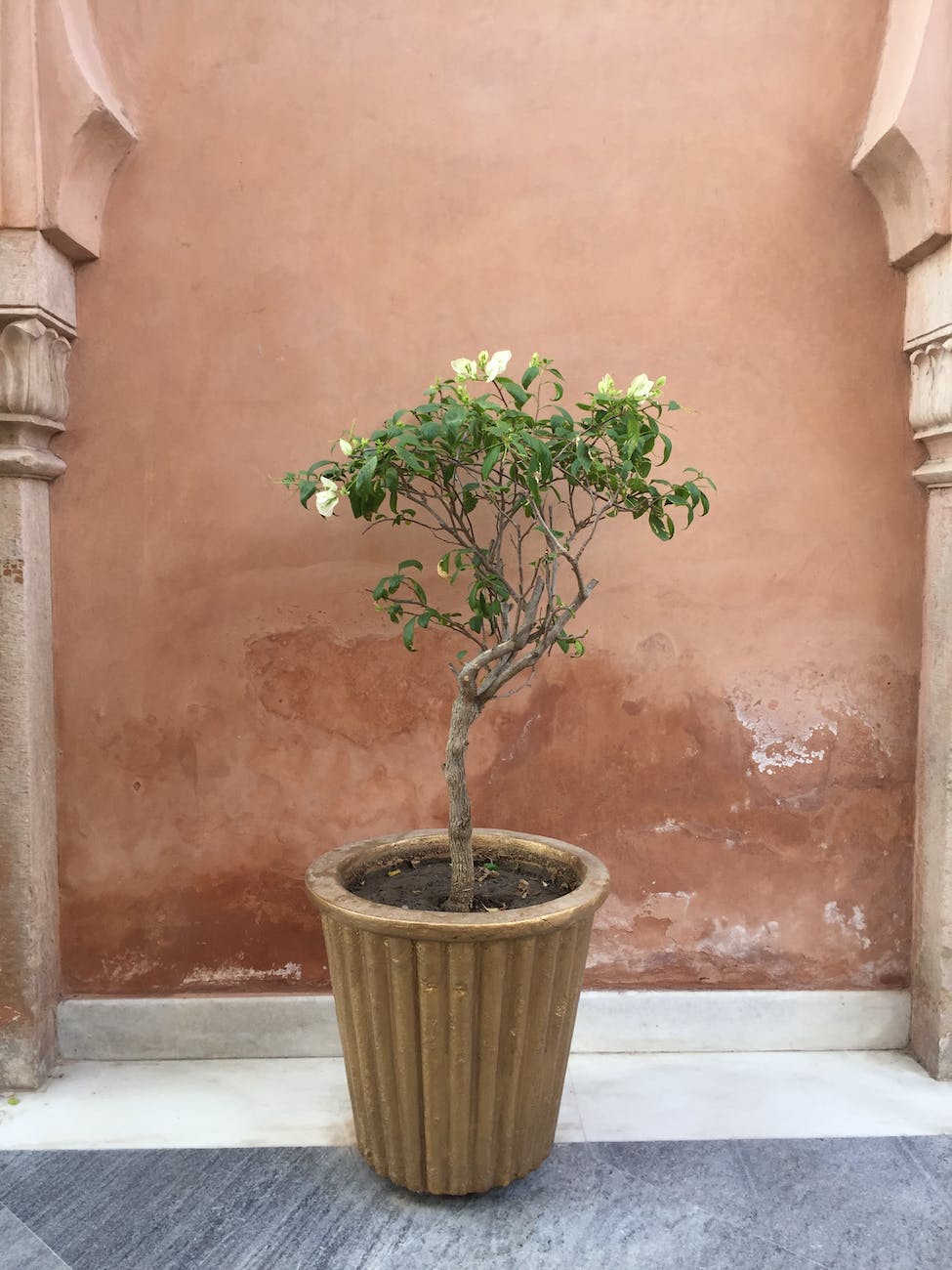Bonsai Tree Care for Kids: Nurturing Responsibility Through Gardening
Cultivating miniature bonsai trees provides a wonderful hands-on activity to nurture responsibility and mindfulness in children. Unlike short-lived indoor plants, carefully shaping and tending living art bonsai over years instills lessons on empathy, patience, environmental cycles, and focused dedication. With adult guidance on techniques and safety, pre-teens and teens gain confidence mastering the arts of pruning, wiring, transplanting, and styling diminutive trees. Starting children on easy, resilient species in appropriate small pots allows them to experience the joys and life-affirming meanings of stewarding another living thing. Here are tips for cultivating close bonds between kids and bonsai.
Benefits of Bonsai for Kids
Caring for bonsai imparts meaningful skills and awareness.
Fostering Plant Empathy
Developing an intimate relationship with a tree’s needs promotes compassion.
Responsibility and Achievement
Keeping it alive and helping it thrive builds accountability.
Focus and Patience
Seeing slow gradual results requires persistence and attentiveness.
Creativity
Imagining new possibilities for a tree’s form ignites innovation.
Calmness
Methodical bonsai routines elicit tranquility and inner quiet.
Reverence for Nature
Appreciating trees promotes ecological respect.
Selecting Child-Friendly Species
Choose hardy, forgiving starter tree varieties adaptable to novice care.
Ficus
Fig species like Retusa tolerate imperfect watering and indirect light.
Juniper
Evergreen junipers are resilient and tolerate some drought.
Boxwood
Smooth small leaves and compact growth make boxwoods appealing starter trees.
Azalea
These flowering shrubs forgive overwatering and bounce back from setbacks.
Elm
Chinese elm varieties are hardy, easily styled deciduous trees.
Maple
Japanese maples have delicate leaves and respond well to wiring branches.
Providing Appropriate Supplies
Equip children with suitable tools, pots, and materials for success.
Small Shears and Tools
Look for ergonomic pruners sized for little hands to grip safely.
Organic Soil Mix
Good drainage and aeration prevent root rot from overwatering.
Humidity Tray
Keep starter trees happy by seting pots on pebble trays.
Training Pots
Start with simple, inexpensive plastic or ceramic pots sized for small trees.
Child-Sized Work Station
Designate a kid-height table or cart as their special bonsai care space.
protective Equipment
Ensure kids use gloves, goggles, and aprons when handling tools or chemicals.
Teaching Core Bonsai Care Skills
Guide children through each phase of tending to their tree.
Watering Properly
Demonstrate how to thoroughly saturate the soil without overwatering.
Transplanting and Root Pruning
Show how to gently loosen tangled roots before placing trees into new pots.
Wiring Techniques
Help shape pliable branches by wrapping them with aluminum wire.
Trimming Shoots and Leaves
Instruct where and how to carefully pinch and prune new growth.
Display Staging
Collaborate on accenting trees in pots using pebbles, figurines, etc.
Pest Inspection
Show how to gently look for signs of insects like aphids before they spread.
Fostering Ongoing Responsibility
Cultivate habits that keep kids engaged with long-term tree care.
Add It to Chores Routine
Integrate brief daily tree checks like watering into their list of duties.
Schedule Seasonal Tasks
Note monthly care needs like fertilizing on a calendar kids can follow.
Have Them Keep a Bonsai Journal
Sketching changes and growth teaches close observation.
Display Their Work Proudly
Exhibit their finished styled trees prominently to show it is valued.
Involve Friends and Siblings
Encourage showing off their bonsai skills to peers to cement lessons.
Give Gentle Reminders
Provide friendly prompts to check wiring, rotate trees, or clean leaves without nagging.
Encouraging Creativity and Learning
Beyond caretaking, kids’ intellectual growth blossoms through bonsai.
Style and Design Exploration
Guide them in training trees into different shapes like windswept, cascading, or formal upright.
Independent Research
Prompt kids to read books or watch videos to expand their know-how between sessions.
Field Trips
Visit botanical gardens, nurseries, or bonsai exhibits together to discover new inspiration.
Artistic Expression
Have kids paint pots, create stands, or draw trees to augment creativity.
Cultural Lessons
Teach bonsai history, symbolism, and traditions to broaden perspectives.
Nature Appreciation
Use trees as gateways to discuss botany, ecology, and the interconnectedness of life.
Bonsai provide fulfilling pathways to teach mindful dedication. By walking alongside children as they progress in their journey cultivating miniature trees, precious bonds and wisdom take root.
